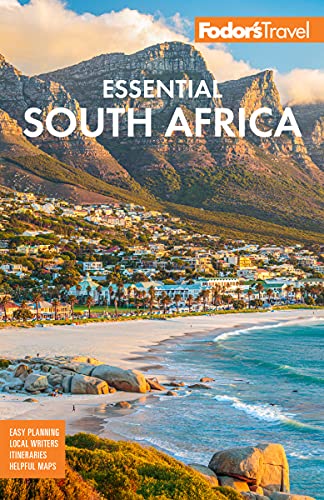South Africa's Sardine Run: The Greatest Shoal on Earth
Hailed by locals as "the greatest shoal on earth," the sardine run is, in terms of biomass, the world's largest animal migration. Cold water traveling up the coast moves closer to shore and brings with it untold millions of sardines (actually pilchards). These tiny fish are, of course, highly edible, so they have quite a following. Cape gannets, Cape fur seals, common and bottlenose dolphins, sharks, and Bryde's whales all follow this movable feast. The run coincides with the northern migration of the humpback whales, so the sea is teeming with life. Local fishing folk revel in the huge catches to be had simply by wading into the shallows with makeshift nets, and sightseers can watch for the bubbling water and attendant cloud of seabirds that signal shoals moving past.
There are boat trips aplenty to take you out for a closer look, but the real thrill is in diving the run. It's awesome just being amid all those fish, but you often are also among a thousand common dolphins. What everyone is really hoping for is a "baitball"—when dolphins herd a big school of sardines into a circle, keep them there by swimming around them, and pick them off at will. Sharks almost always join in, and an acrobatic seal or two might take advantage of the free lunch. Bryde's and even humpback whales have been known to take a (rather large) passing bite out of the ball, and the sight of Cape gannets from underwater as they dive-bomb the fish is memorable. African Dive Adventures (www.afridive.com) offers Sardine Run Packages along the Wild Coast from a base at Coffee Bay. Five nights and four days diving and food costs R25,500. The best time to see the run is usually between late June and late July.




